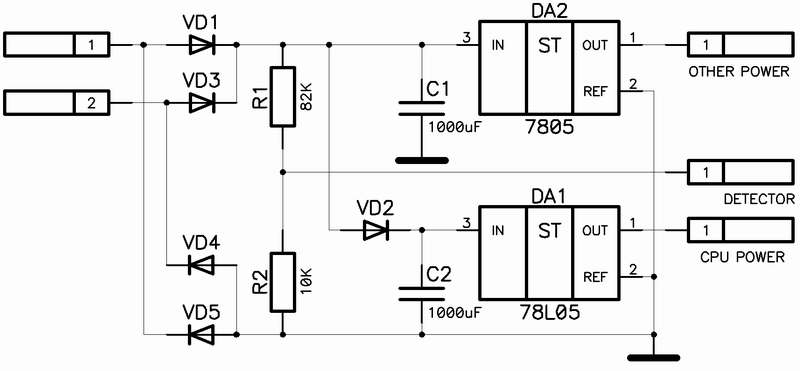emavil
Member level 2
avr save date before power loss
anybody who has an idea on how to save variable value to EEPROM before power is lost? I'm using PIC16F628A with internal RC osc enabled.
anybody who has an idea on how to save variable value to EEPROM before power is lost? I'm using PIC16F628A with internal RC osc enabled.
